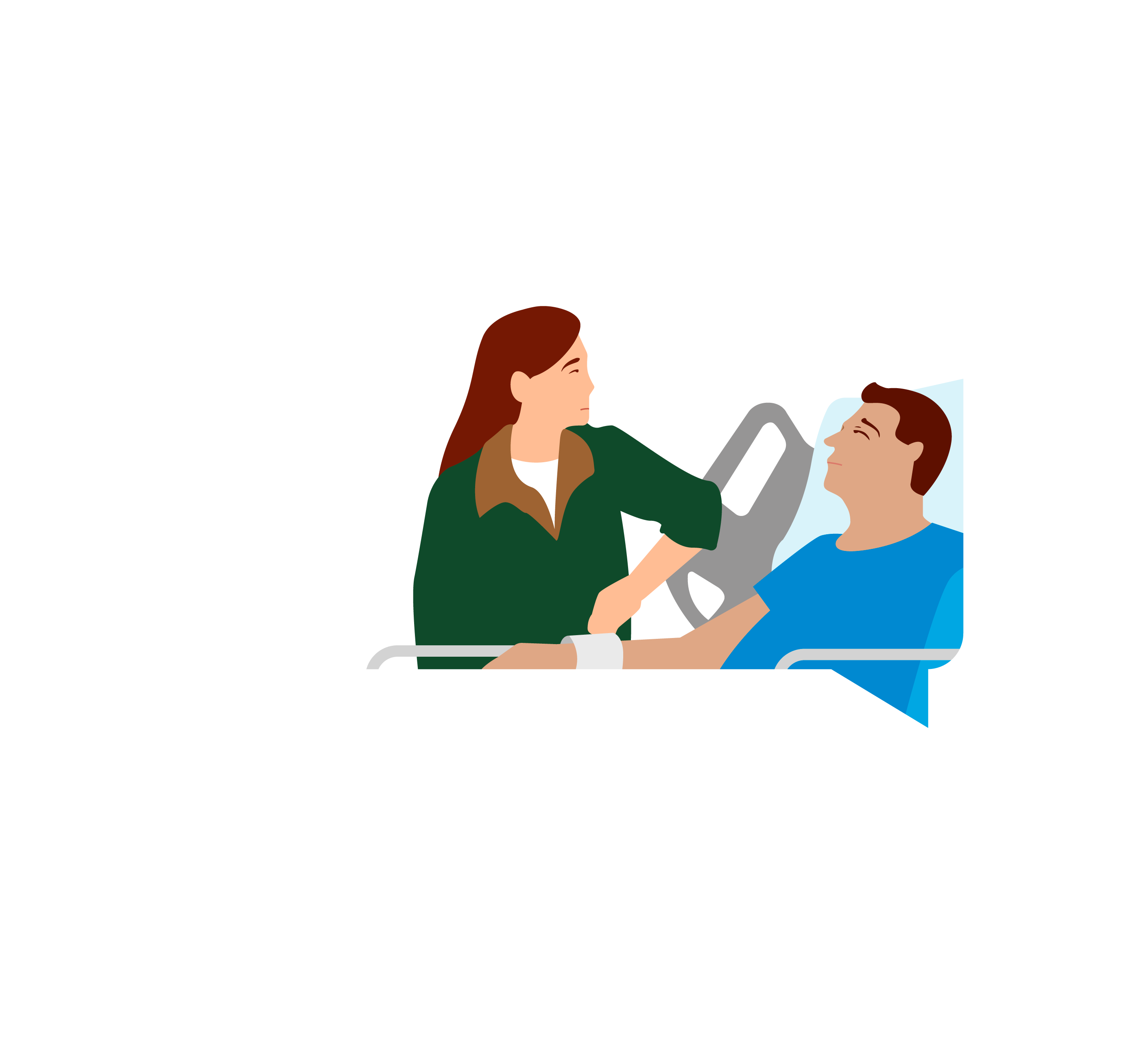Spotlight 5/5
Several studies conducted during and after the COVID-19 pandemic noted an increase of the use of patient restraints in health care settings both internationally1 and within Canada2 as a result of the strain on the health care system.



Restraints can be used as a protective measure to keep patients safe (e.g., lap belts to reduce the risk of falls), or in response to behaviours that pose the risk of harm (e.g., wrist restraints) to the person, other patients or residents and their care providers.
Restraints can have negative effects on patients’ physical and mental health, and there have been recommendations to decrease their use across all health care settings in Ontario.3 The Patient Restraints Minimization Act, 2001, and the Fixing Long-Term Care Act, 2021 both outline hospitals’ and long-term care homes’ responsibility to establish clear policies with appropriate monitoring and enforcement for using restraints on patients or residents. These laws highlight the importance of alternative methods to restraints, and ensuring all other options are explored to prevent patients from injuring themselves or others.
Patient Ombudsman has been closely monitoring complaints related to how health care organizations respond to challenging behaviours from patients, long-term care residents and visitors. Challenging behaviour can take many forms, such as communication challenges from overwhelmed or distressed caregivers to emotional distress often associated with individuals struggling with mental health and addiction challenges, and confusion or agitation seen in seniors with dementia or delirium.
Seniors with dementia or delirium may exhibit responsive behaviours such as verbal or physical aggression, wandering or resisting care. In some health care settings, restraints are used to manage responsive behaviours. Many hospitals note patient safety (including preventing falls) and cognitive impairment as the most common reasons for using restraints.4 More recently, Patient Ombudsman has noted a small but emerging trend of long-term care homes refusing to accept admissions or readmissions of residents who have had incidents of challenging behaviour in the past. This can increase the strain on individuals and their families and result in delayed access to the appropriate medical and personal care supports.
In 2024/25, Patient Ombudsman saw complaints about the various tools being used to manage patients with challenging behaviours. We received 63 complaints involving isolation, physical and chemical restraints, and security involvement. Within these complaints, 38% involved individuals who were experiencing mental health and/or addiction challenges; 10% involved individuals with dementia and/or experiencing delirium; and 2% involved adults with autism.
Across these complaints, the methods used to manage behaviour included:
- 42% involved physical restraints (e.g., ankle/wrist restraints).
- 50% reported chemical restraints (e.g., sedatives, antipsychotics) being used.
- 22% involved the use of environmental restraints (e.g., isolation).
- 32% described security involvement and use of force to restrain individuals.
While many cases were about public hospitals, 6% of complaints were about services and organizations outside of Patient Ombudsman’s jurisdiction, including primary care, community mental health and addiction programs and retirement homes.
The approach health care organizations adopt in response to challenging behaviours can be particularly concerning when it leads to the patient or long-term care resident being injured. This year, Patient Ombudsman initiated an investigation after receiving a complaint and learning of a second incident from the same hospital about patients who were injured during interactions with hospital security (see the investigation summary, Security use of force in the emergency department). As part of our investigation, we recommended that the hospital develop procedures for investigating and resolving complaints about security guards to ensure cases are handled fairly and consistently. We also recommended that the hospital fully implement a body-worn cameras project to provide objective evidence when assessing use of force. The hospital committed to fully implementing these recommendations by the end of 2025. Patient Ombudsman encourages hospitals to review their policies on the use of force and continue to support patients and families to raise concerns and make about their care.
